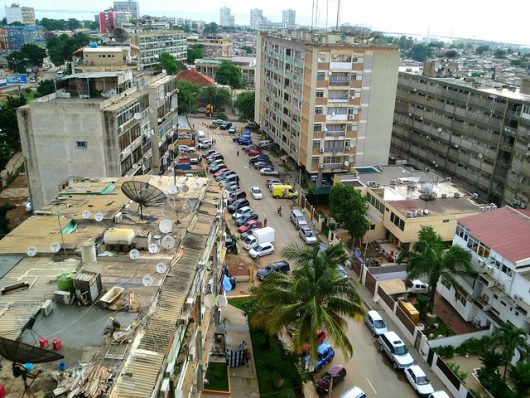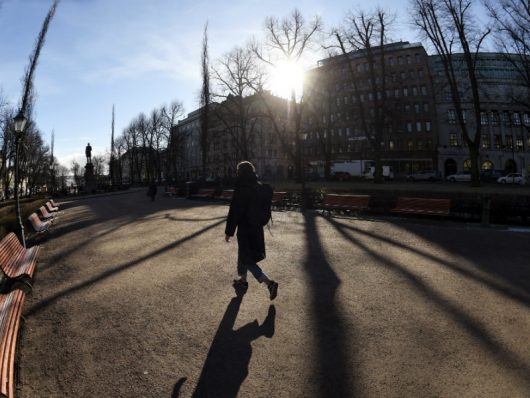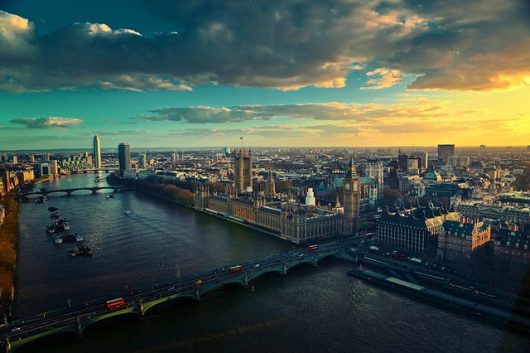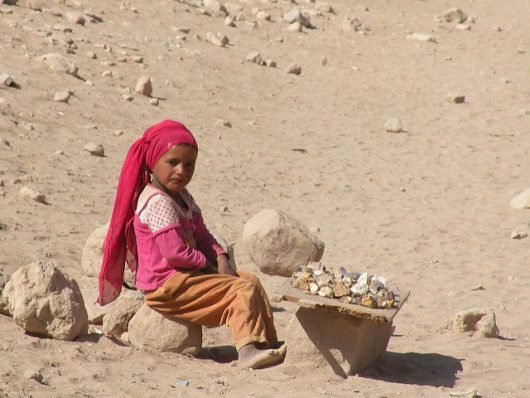 According to XE, a website that tracks the exchange rates of countries worldwide using “live mid-market rates,” a single U.S. dollar equals E£ 17.86 (Egyptian Pounds). Given how said markets are alway liable to change, this information is accurate at the time of writing. Below are five aspects of Egyptian life and how much they cost.
According to XE, a website that tracks the exchange rates of countries worldwide using “live mid-market rates,” a single U.S. dollar equals E£ 17.86 (Egyptian Pounds). Given how said markets are alway liable to change, this information is accurate at the time of writing. Below are five aspects of Egyptian life and how much they cost.
1. Housing:
According to Expatistan, a website that compiles information provided by expatriates, rent for a furnished 900 square-foot apartment in Cairo costs E£ 5,700 ($319) in what is categorized as an expensive area. The same accommodations in a normal area go for about E£ 3,005 ($165) a month. Utilities for two tenants costs approximately E£ 596 ($33) per month.
2. Utilities: If someone wanted to live in a furnished studio (480 square feet), it would cost E£ 3,867 ($217) in an expensive area and E£ 1,651 ($92) in a regular area. A single tenant’s utility bill comes out to E£ 452 ($25). High-speed internet (8 MBps) costs E£ 277 ($16) a month.
3. Food:
Going by Expatistan’s index for the cost of living in Egypt, food prices are relatively inexpensive. They tend to hover around the E£ 7 (37 cents), which is the cost two pounds of potatoes up to E£ 55 ($3.06), which is the cost of a fast food combo meal. The most expensive items are lunch menu items in Cairo’s business district and a bottle of decent red table wine, E£ 124 ($7) and E£ 149 ($8), respectively.
4. Transportation:
In Egypt, a monthly bus pass runs at about E£ 245 ($14). Taking a five-mile taxi ride during a business day is E£ 34 ($1.89). If one would rather have more control over their transportation, they could purchase a new car for E£ 418,055 ($23,407), with a liter of gas costing E£ 3.92 (22 cents).
5. Schooling:
Egypt’s schooling system adheres to a 6+3+3 framework, meaning “6 years of primary school, 3 years of secondary school and 3 years of senior secondary school.” Education is mandatory for children aged six to fourteen and goes from grades one through nine.
According to Numbeo, another site that provides costs of living indexes for countries worldwide based on a multitude of submissions, private preschool costs E£ 2,114.84 ($118.48) a month for a single child. Yearly tuition at an international private school is listed as E£ 40,486.49 ($2,268.15) for one child.
Overall, the cost of living in Egypt seems relatively balanced. However, it is important to keep in mind that individuals determine affordability.
– Jada Haynes
Photo: Flickr
 South Korea is an East Asian nation often overshadowed by its politically aggressive neighbor,
South Korea is an East Asian nation often overshadowed by its politically aggressive neighbor,  According to Mercer’s Annual Cost of Living Index, Luanda, the capital of
According to Mercer’s Annual Cost of Living Index, Luanda, the capital of 






